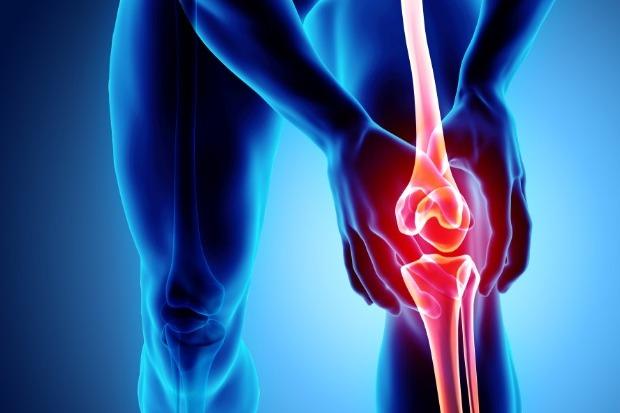
Chiropractic - Osteoarthritis
Osteoarthritis Overview
Osteoarthritis is a common degenerative joint disease characterized by the breakdown of cartilage in the joints. Cartilage is the slippery tissue that covers the ends of bones in a joint, allowing for smooth movement and cushioning of the bones. In osteoarthritis, the cartilage gradually wears away over time, leading to pain, stiffness, swelling, and decreased joint mobility.
Certainly, as the cartilage deteriorates bones may rub against each other. This causes further damage and the formation of bony outgrowths called osteophytes or bone spurs.
Causes of the Osteoarthritis
Age: The risk of osteoarthritis increases with age; given that the cartilage in the joints naturally wears down over time.
Genetics: However, some people may have a genetic predisposition to developing osteoarthritis. There are certain genetic factors that can influence cartilage quality and joint structure.
Joint Injuries or Overuse: Moreover, previous joint injuries such as fractures or ligament tears can increase the risk of osteoarthritis. Since repetitive stress on the joints from activities like sports or manual work can wear down the cartilage.
Obesity: Undeniably excess body weight puts added pressure on the joints, particularly weight-bearing joints like the knees and hips, thereby increasing the risk of osteoarthritis.
Joint Misalignment: In addition, structural abnormalities or misalignments in the joints can contribute to uneven wear and tear on the cartilage, ultimately leading to osteoarthritis.
Other Medical Conditions: Certain medical conditions, such as rheumatoid arthritis, gout, or metabolic disorders, can increase the risk of developing osteoarthritis.
Gender: Osteoarthritis is more common in women, especially after menopause. Although, the reason for this isn't entire understood.
While these factors can contribute to the development of osteoarthritis, the exact cause may vary from person to person. The disease often results from a combination of genetic, environmental, and lifestyle factors. Therefore, individuals should take heed of this risk based on their own personal medical history.
Treatment for Osteoarthritis
Lifestyle Modifications: Maintaining a healthy weight through diet and exercise can reduce stress on weight-bearing joints. Low-impact exercises like swimming, cycling, and walking can help improve joint flexibility and strength.
Medications: Over-the-counter pain relievers such as acetaminophen or nonsteroidal anti-inflammatory drugs (NSAIDs) like ibuprofen or naproxen can help alleviate pain and reduce inflammation. In some cases, prescription medications or topical treatments may be recommended. However, long term use of these medications comes with side effects.
Physical Therapy: Moreover, a physical therapist can design a personalized exercise program to improve joint flexibility, strength, and range of motion. In addition, techniques such as heat or cold therapy, ultrasound, or electrical stimulation to reduce pain and improve joint function can be used congruently with treatment.
Assistive Devices: Using assistive devices such as canes, braces, or orthotic shoe inserts can help support and stabilize joints, reducing pain and improving mobility.
Injections: Corticosteroid injections can provide short-term relief from pain and inflammation in affected joints. Hyaluronic acid injections may also be used to lubricate and cushion the joint, although their effectiveness is still debated.
Surgery: Lastly, in severe cases of osteoarthritis where conservative treatments are not effective, surgical options such as joint replacement, joint realignment, or joint fusion may be considered to repair or replace damaged joints.
Chiropractic Treatment
Spinal Manipulation: Adjustments to improve spinal alignment and reduce pain.
Joint Mobilization: Techniques to enhance joint flexibility and decrease stiffness.
Soft Tissue Therapy: Massage or stretching to alleviate muscle tension.
Therapeutic Exercise: Prescribed exercises to strengthen muscles and support joints.
Lifestyle Counselling: Guidance on weight management and ergonomic adjustments.
Nutritional Advice: Recommendations on supplements or anti-inflammatory diets.
Conclusion
Chiropractic care should complement a comprehensive treatment plan coordinated with other healthcare professionals. While osteoarthritis is a chronic condition that typically worsens over time, proper management can help individuals maintain mobility and quality of life. Early diagnosis and intervention are essential for effectively managing osteoarthritis and minimizing its impact on daily activities.
Call Fairview Physiotherapy & Rehab Centre Today and schedule an appointment with Dr. Roy Priesnitz !
Our clinics are located:
5 Fairview Mall Drive, Unit 250, Toronto, ON, M2J 2Z1, PH: 416-493-6993
20 Wynford Drive, Unit B3, Toronto, ON, M3C 1J4, PH: 416-441-6117
HOURS:
Wed-Thu 3am-7pm
Sat 9am-1pm
Please visit our website: www.fairviewrehabcentre.com